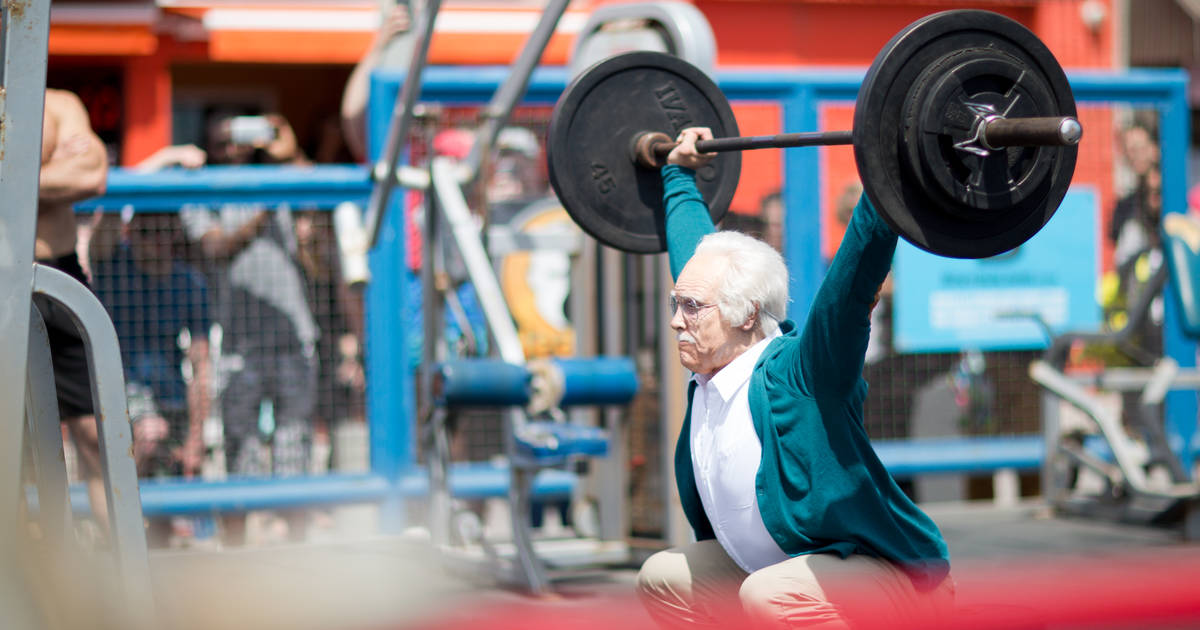“Exercise might be the most potent ‘drug’ we have for extending the quality and perhaps quantity of our years of life.” – Peter Attia, M.D.
We know that exercise is an important tool for a long and healthy life; we’ve known for years that we should exercise to keep our hearts and bones strong, but according to longevity experts, it really is the ONE thing that can positively affect so many aspects of our health.
While there are many different medications for a whole host of ailments, exercise is the magic “pill” for longevity. Not only does it help to improve function, bone density and cardiovascular health, exercise also improves sleep, immunity, cognition and digestive function, as well as decreases inflammation in the body and reduces stress [1], both of which are associated with metabolic disease.
A recent study in the Journal of Endocrinology and Metabolism showed that 40% of Americans ages 18-44 are insulin resistant, a precursor for diabetes, heart disease and other chronic diseases. Over 88% of our entire population is not metabolically healthy [2]. Exercise should be the #1 thing we all do for our health. Let’s take it a (literal) step forward and discuss the importance of maintaining muscle as we age.
Resistance Training is Crucial
Around the age of 30 we start to lose approximately 3-8% of muscle mass per decade. After the age of 60 the rate of decline increases. [3] Loss of muscle mass, strength and function is called Sarcopenia and should be on our radar as we age.[4] Osteoporosis is also a big concern with 50% of Americans over 50 at risk of breaking a bone. 24% of patients over 50 with hip fractures die within a year following the fracture and only 15% of patients can walk across a room unaided after 6 months.[5] This is terrifying! Yet it is something we can prevent.
Resistance training is the key! It helps to increase bone density, but maybe more importantly, it will improve our ability to prevent falls in the first place. In this study of 796 men ages 50-85, they showed that low muscle mass was directly related to increased fall risk. It’s so important to decrease your risk by preparing your body to be able to react to potential falls or injuries. The stronger you are, the less likely a bad break or injury will occur.
Resistance training also helps to improve the integrity of the connective tissue and the joints, critical for injury prevention such as ACL and Achilles Tendon tears [6], as well as for chronic conditions such as osteoarthritis.
Cognitive decline is probably the biggest concern for most as we age, yet another reason to do some resistance training. In this journal article, the authors discuss the link between dementia and low muscle mass in older adults. While there is still some speculation on the causal mechanism, there is a strong association between dementia and sarcopenia that we cannot ignore.
Getting into the Weeds (or Fibers)
According to Andy Galpin, PhD, the rate of loss of strength as we age is about 2-3%, but the rate of loss of power is 3 times that. He states that the atrophy of fast-twitch muscle fibers (those associated with fast powerful movements) is the biggest problem with aging and muscle [7].
Aerobic exercise uses slow twitch muscle fibers, which don’t decline that much with age, but is crucial for cardiovascular health. This should be a staple in your workout routine. However, we must also maintain fast-twitch muscle fibers because loss of function is more closely related to loss of power. Weight training uses fast-twitch muscle fibers, but you can also add in some powerful moves such as jumping on a trampoline, jumping rope, slamming a ball into the wall, skipping, hopping, etc. to make sure your body is ready to react in case of a fall.
In a recent interview, Peter Attia, MD and Layne Norton, PhD discussed the fact that cardiovascular disease and cancer have a 30-50% increase in all cause mortality when you do not focus on key health elements. While these are the leading causes of death in our society today, being weak increases all cause mortality by 250%!! If you are not doing some sort of resistance exercise, now is the time to start! The beauty is that you can begin at any age and make huge improvements in your strength, function, injury prevention and quality of life, with the added bonus of looking better naked 😉
References:
To learn more about muscle fiber types: https://blog.nasm.org/fitness/fast-twitch-vs-slow-twitch
Check out this podcast episode to learn more from Andy Galpin.
*Note: Adequate protein intake is important for muscle growth, especially as we age. While we didn’t delve into it for purposes of this blog post, we highly recommend Dhru Purohit’s interview with Dr. Gabrielle Lyon on the subject.



Leave A Comment